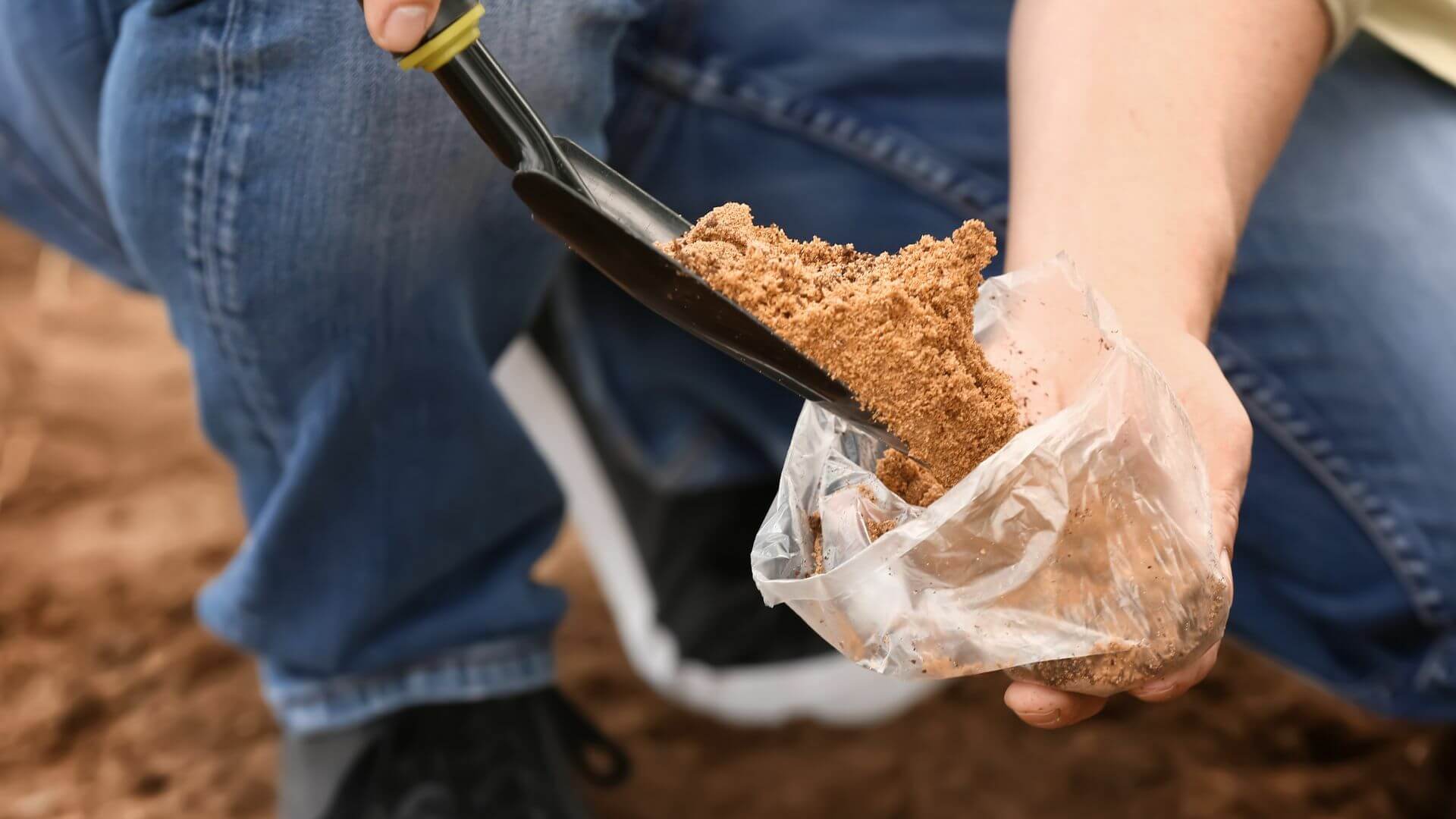Michigan spring means longer days and warmer temperatures and the evaporation of snowy trails and snug blinds. For smart land buyers, however, scouting season is the best time of the year. Scouting property during the off-season allows you to look for critical details easily missed during the confusion of fall hunts. Habitat health and wildlife sign and access and terrain are all laid bare in the spring—if you’re smart enough to look in the right places.
Why Spring Assessments Are Important
Spring is all about seeing things in plain sight—literally. No overgrown brush in the way to block your vision means you can really see property details. Trails and paths become clearer, animal use becomes more evident, and you can more easily read the land. Doing your research beforehand spares you from being blindsided down the way, which places you in a more informed and more confident purchase scenario.
In addition to visibility, spring scouting is also useful functionally. Spring accentuates water runoff, wet areas, and drainage problems that may be hidden at other times of the year. Believe me, nobody wants to find out that they’re waist-deep in soggy swamp after they’ve purchased a “dream property.”
Wildlife Spotting in the Spring
Spring scouting is a matter of donning those boots and getting out in the field to look for fresh wildlife signs. Deer and turkey and even little creatures such as rabbits and squirrels leave behind visible tracks and deposits in the wetter spring soils. Don’t skim past—it is time to get in and look closely. Are the tracks fresh and distinct or disappearing? Are you finding steady routes or random travel?
Carefully look for bedding areas. These will be flattened, usually in brushy spots or near natural cover. Spring growth hasn’t yet bloomed so the bedding areas are easy to see. Feeding areas will also become obvious and may be indicated by browsed vegetation and shoots forcing their way from the earth upwards.
Here is an insider tip: fresh signs typically contain jagged edges on trails and wet droppings. These signs inform you that wildlife use the area currently, and you get precious information to help you plan your fall hunt strategy appropriately.
Evaluating Habitat Quality
 Good habitat is not always a lot of trees and brush. Good habitat is nice balance of cover, food, and water all working together. Slowly walk the property. Are there many mast-producing oaks and chestnuts? Abundant native grasses and brush also support a rich habitat.
Good habitat is not always a lot of trees and brush. Good habitat is nice balance of cover, food, and water all working together. Slowly walk the property. Are there many mast-producing oaks and chestnuts? Abundant native grasses and brush also support a rich habitat.
Spring rain brings wet spots into higher relief. Standing water or wet areas are either good wildlife watering holes or signs of problems with drainage down the road. Observe these areas carefully.
Edges matter—big time. Wildlife is fond of the edge between two environments. Fields that meet woods or wetlands and open grasslands fit the bill. These edge areas form natural corridors and feeding grounds, bringing in lots of wildlife and increasing your chances of a successful hunt.
Checking Access Routes and Terrain
 Improved access can be the breaking and/or making of a hunting property. Spring is an excellent time to assess existing roads and trails with clarity in mind. Can you get to your favorite areas easily without alarming animals? Are trails in good condition or do they require significant work? This is the time to make some notes and schedule some improvements.
Improved access can be the breaking and/or making of a hunting property. Spring is an excellent time to assess existing roads and trails with clarity in mind. Can you get to your favorite areas easily without alarming animals? Are trails in good condition or do they require significant work? This is the time to make some notes and schedule some improvements.
And look for natural funnels—like ridges, creek bottoms, or thin strips of timber. Deer instinctively move through these natural funnels, which give you advantageous stand positions in the fall season.
Topography and Soil Tests
 Terrain is not only visually appealing—it has a direct influence on land management and hunting practice. Use spring scouting to assess hills, slopes, and drainage. Rolling terrain can conceal your approach and otherwise is usually less accessible. Fertile soils with good earth offer great growing food plots that serve to be good hot spots to eat on.
Terrain is not only visually appealing—it has a direct influence on land management and hunting practice. Use spring scouting to assess hills, slopes, and drainage. Rolling terrain can conceal your approach and otherwise is usually less accessible. Fertile soils with good earth offer great growing food plots that serve to be good hot spots to eat on.
Soil type and quality would need to be examined if you are thinking about food plots. Michigan has detailed soil surveys available online. The use of these tools can enable you to determine if the soil types on the property will be suitable for your wildlife and hunting objectives.
Navigating Legal and Regulatory Issues
 Yes, rules and regulations can be cumbersome, but neglect of this step can result in headaches down the road. Always be sure to properly verify property boundaries and search for any restrictions or easements that may impede your building or hunting plans. Township offices locally or GIS maps over the internet are your best information sources.
Yes, rules and regulations can be cumbersome, but neglect of this step can result in headaches down the road. Always be sure to properly verify property boundaries and search for any restrictions or easements that may impede your building or hunting plans. Township offices locally or GIS maps over the internet are your best information sources.
Remember that even private property is subject to hunting regulations. Having a good handle on local regulations, game management policies, and required permits avoids headaches down the road. Spring is the ideal time to tackle this legwork and provide yourself with lots of runway before the hunt season starts.
Leveraging Technology to Gain Insight
 Spring scouting is easy with today’s technology. GPS and map applications like OnX Hunt or HuntStand permit you to tag and record species easily and accurately. Trail cameras you set out in spring offer great intel on animal travel a few months prior to the initial frost.
Spring scouting is easy with today’s technology. GPS and map applications like OnX Hunt or HuntStand permit you to tag and record species easily and accurately. Trail cameras you set out in spring offer great intel on animal travel a few months prior to the initial frost.
Utilize drone technology as well. You’ll be able to identify hidden clearing areas and game trails from above that you can’t see at ground level. All these technology tools don’t replace anything in conventional scouting but certainly add to your knowledge of the land in a big way.
Preparing For Habitat Development
 Spring scouting is also a good time to plan and prepare to enhance habitats. Consider planting additional food plots if you notice food deficiencies. You should also consider where selective thinning and prescribed burns may be in order to promote growth in the understory.
Spring scouting is also a good time to plan and prepare to enhance habitats. Consider planting additional food plots if you notice food deficiencies. You should also consider where selective thinning and prescribed burns may be in order to promote growth in the understory.
Also look at invasive plant species that need to be removed. Uncontrolled invasives have the potential to drastically alter wildlife habitat. Take the time to plan a habitat enhancement that not only adds to the wildlife attractiveness of your property but also long-term property value.
Concluding Thoughts: From Insight to Action
Michigan property spring scouting is not busywork, it is part of a strategy that will give you a better understanding of game animal patterns, reveal to you the actual quality of habitat, and help your property deliver good hunts. Are you ready to turn your hunting land dreams into a reality? Michigan Whitetail Properties is dedicated to linking buyers such as you to superior hunting properties in Michigan. By relying on local experience, in-depth industry information, and personal assistance from scouting to signing, we give you the power to discover and purchase properties you’ll love. Contact Michigan Whitetail Properties today and we’ll turn your Michigan hunting dream into a reality.